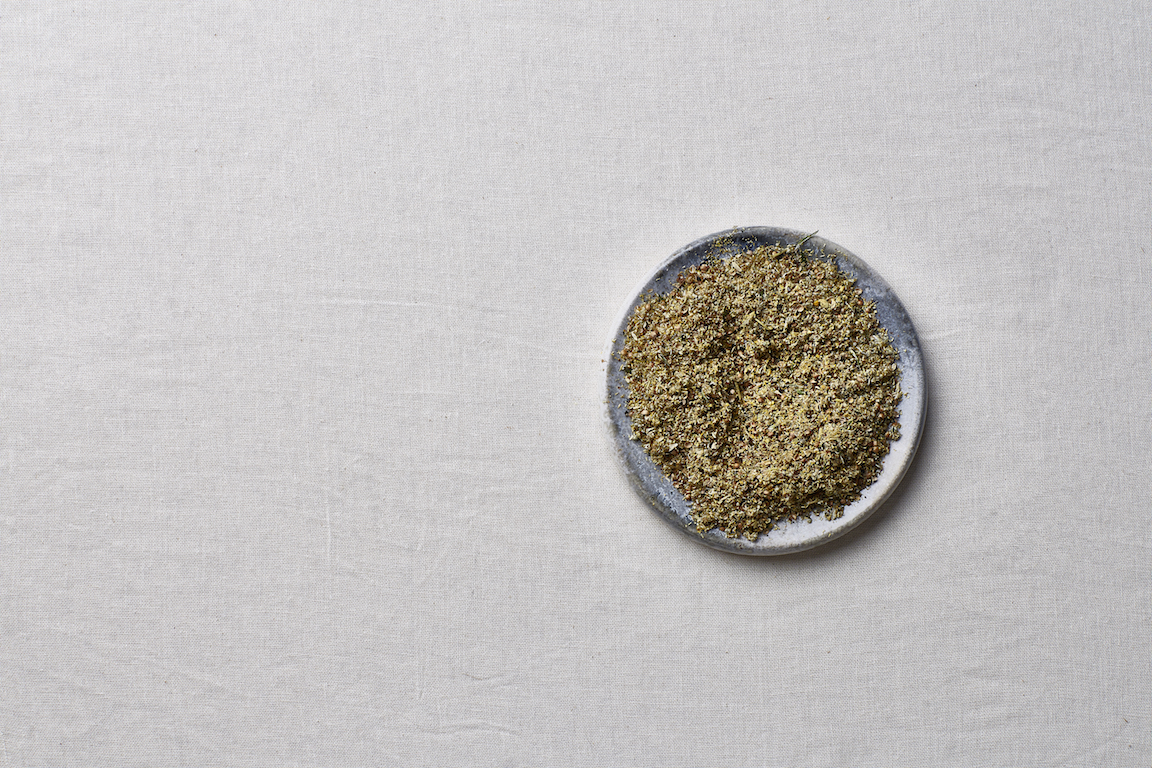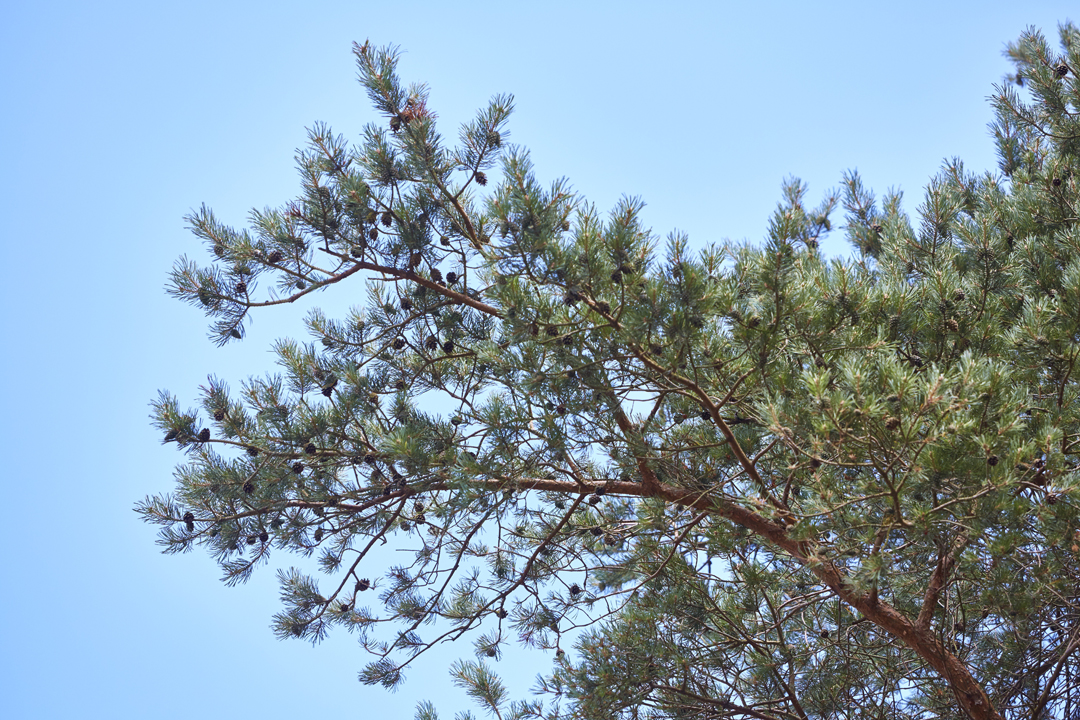
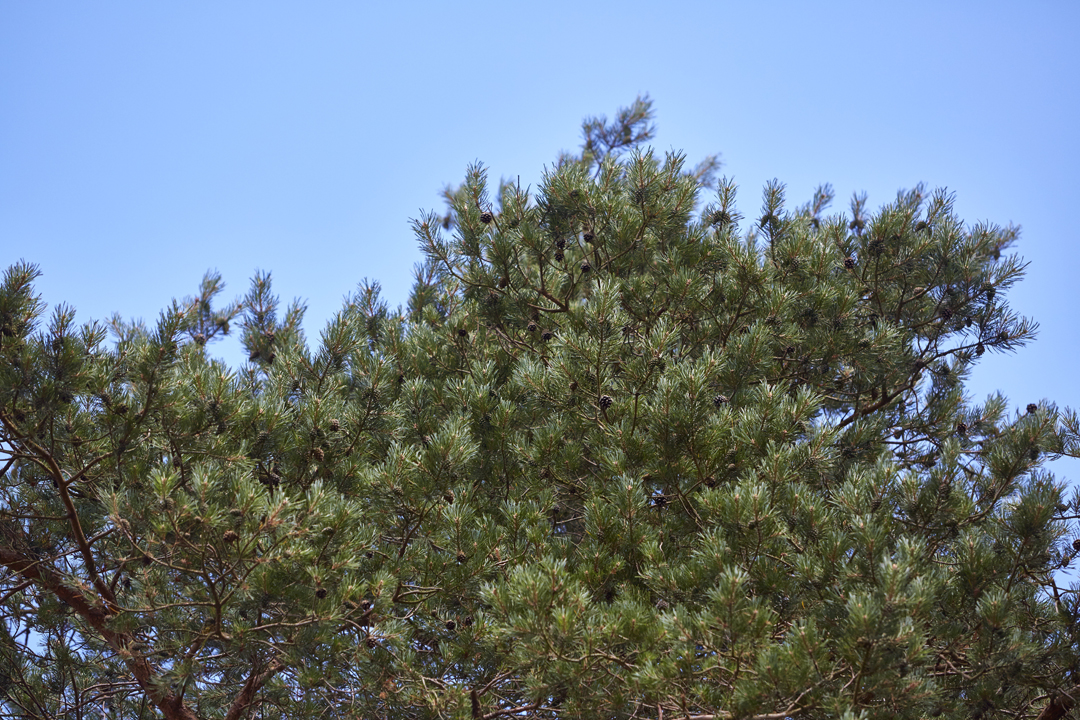
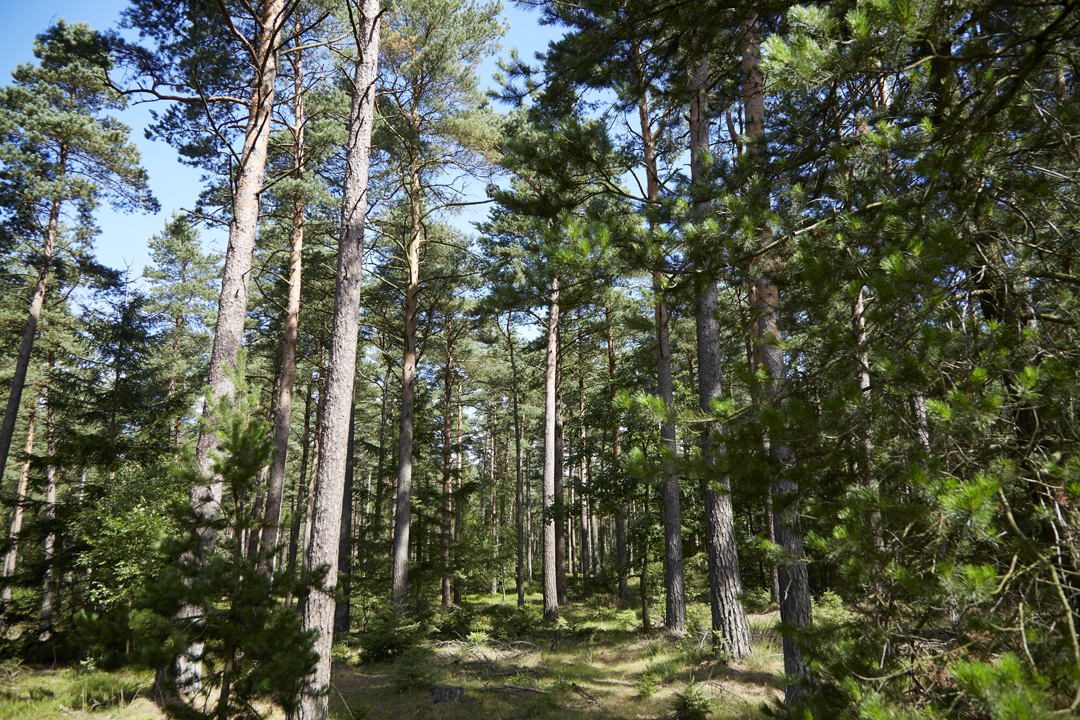
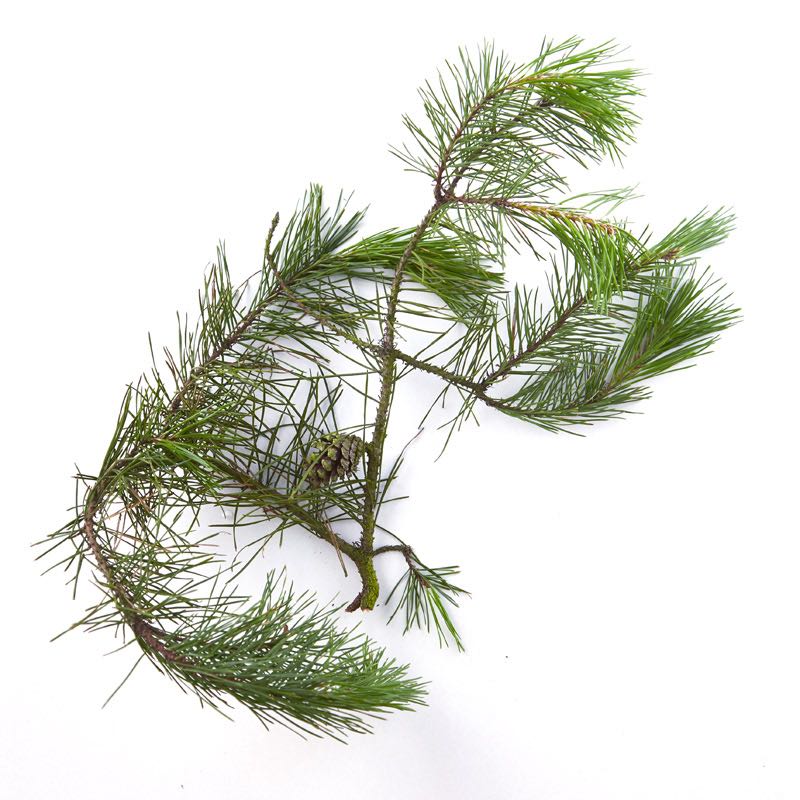
Scots pine
Our original Scotch pines were mostly wiped out centuries ago, but other varieties now flourish here in pine plantations that consume large parts of the national landscape. According to tradition, however, the last surviving specimen of native Danish Scotch pine remains on the island of Læsø.
-
Where to Find It
Scotch pines are modest in size. They survive without much water and grow well in rocky, sandy, and nutrient-poor soil. They do need lots of sunlight, however, so look for them in bright areas with a variety of undergrowth, where the trees are well separated from each other.
Coniferous forests.
-
When to Find it
You can pick pine needles year round, but fresh needles taste better than old or dead ones. Pick the small, rounded buds and inflorescences in May and June.
Inflorescences: May, June. -
How to Spot It
Scotch pines are bushes or trees that grow up to 30-40 meters tall, with reddish-brown, grooved bark that breaks off in flakes. The older the tree, the more reddish-yellow the bark, and the less the pine will resemble a slightly misshapen Christmas tree. Mature trees are tall, with an irregularly shaped crown and widely separated branches. The greyish-green, prickly needles are six to seven centimeters long and grow in pairs. The inflorescences, which grow at the top of the shoot, are red and pea-sized.
-
How to Pick It
Pine needles are prickly, but they won’t hurt you; you can easily pick them, along with the buds and inflorescences, with your bare hands.
Needles: January, February, March, April, May, June, July
Risk of misidentifying the plant
Other types of pine trees, such as the black pine or the mugo pine, can easily be confused with Scotch pine. With their dark grey trunks; long, dark-green needles; and stemless cones, black pines are gloomier-looking than their Scotch counterparts. Mugo pines are small trees with reddish-grey bark that doesn't flake off like Scotch bark does. The very common Norway spruce is also easy to confuse with Scotch pine, but small twigs grow between the large branches on the former, and not the latter. None of these pines are toxic.


